Introduction
A gold-plated box guarded by a pair of cherubim, the Ark of the Covenant is as mysterious as it is famous. Steven Spielberg popularized the search for the Ark in his 1981 movie, Raiders of the Lost Ark, which played on a centuries-old fascination with this holy relic. But, what exactly was the Ark of the Covenant? Did the Ark possess some kind of mystical powers? Where was the Ark, and where is it now? And, finally, why does it matter?
The views expressed reflect those of the author, and not necessarily those of New Creation.
What Was the Ark of the Covenant?

The original purpose of the Ark of the Covenant was to hold the tablets of the law that God gave Moses on Mount Sinai (Deut 10:1–5). The Ark was a wooden box plated with gold. Long poles, also gold plated, were affixed to the Ark by rings so the priests could move it without touching it.
The Mercy Seat, flanked by golden cherubim, rested on top of the Ark. This was where God met with Moses to provide instructions for the Israelites (Exodus 25:22). The Ark, together with the Mercy Seat, came to represent the presence of God.
God had imposed strict rules concerning the Ark. Only the High priest was allowed to come into the presence of the Ark, and then only once a year (Leviticus 16). Only the Levites were allowed to transport the Ark, and they were to carry it by its poles (Exodus 25:14). When they removed the Ark from the Tabernacle to transport it, they were to cover the Ark.
Did the Ark Have Mystical Powers?
The opening of the Ark of the Covenant was a memorable scene in Raiders of the Lost Ark. As the Nazi officers opened the golden chest, it released some kind of mystical or angelic power that killed everyone who looked at it. Jones and his companion survived the event only by shutting their eyes.
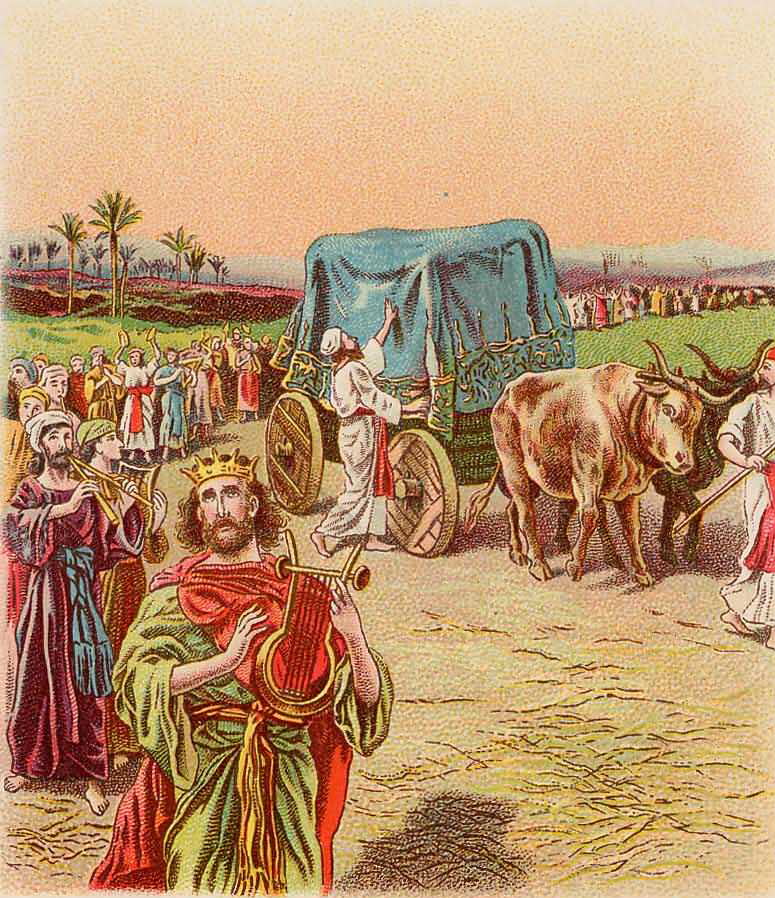
This fictional scene likely finds its basis in the biblical event recorded in 1 Samuel 6:19. In this passage, God slaughtered many people at Beth Shemesh when they looked into the Ark.
However, this is not the only instance of God imposing punishment, and even the death penalty, for mistreating the Ark. In 2 Samuel 6:6, Uzzah was transporting the Ark to Jerusalem at King David’s request. He touched the Ark to stabilize it when the oxen pulling the cart stumbled. God immediately struck Uzzah dead. When the Philistines captured the Ark from the Israelites, all kinds of problems plagued them wherever they took the Ark. Their idols fell and broke in the presence of the Ark, tumors infected the people, and many died (1 Samuel 5).
In each of these instances, however, it is clear that God was taking action against those who broke the rules. There is no indication that the ark itself ever had any magical powers.
Where Was the Ark?
The Ark originated at Mount Sinai where Bezalel, a skilled craftsman, made it according to the specifications that God provided (Exodus 37:1). From there, it traveled with the Israelites throughout their 40 years of wilderness wanderings. When they finally crossed into the Promised Land, the priests carrying the Ark stood on dry ground in the center of the Jordan River, while all the people crossed over (Joshua 3:17).
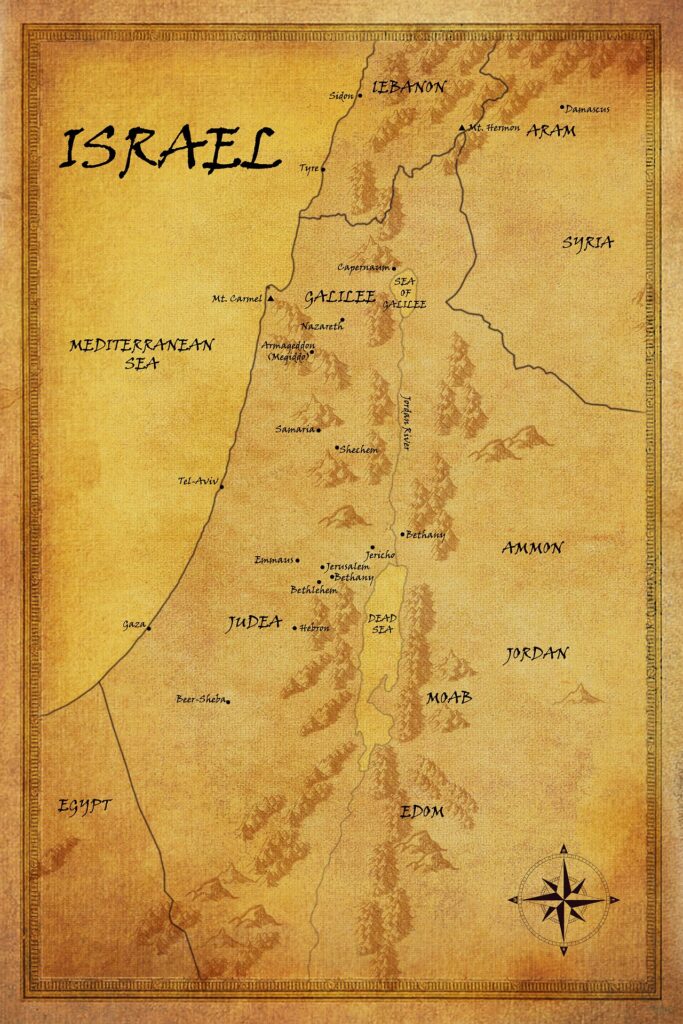
After the initial conquest, the Israelites made Shiloh their new headquarters, pitching the Tabernacle there (Joshua 18:1). During a battle with the Philistines, the Israelites took the Ark from Shiloh into the battle (1 Samuel 4:4). The Philistines captured the Ark but could not keep it because of the punishment meted out by God wherever they took the Ark (1 Samuel 5). The Philistines returned the Ark to the Israelites at Beth Shemesh, but they were afraid to keep it, so they sent it to Kirjath Jearim (1 Samuel 6:21).
When David became king of Israel, he brought the Ark from Kirjath Jearim to Jerusalem (2 Samuel 6:17). There, it presumably resided for the rest of its known history, although apparently, it did not remain completely sedentary. 2 Chronicles 35:3 contains the last historical reference to the Ark. It records King Josiah returning the Ark to the temple as part of his religious reforms.
Where Is It Now?
The location of the Ark became lost over time, and multiple stories emerged regarding its whereabouts. Archaeologist Gary Byers compiled a list of 21 hypotheses about the fate of the Ark. None of these ideas have been validated.1
Out in the World?
One popular theory is that the Ark resides in Ethiopia, taken there by the son of a union between Solomon and the queen of Sheba. The Ethiopian Orthodox Tewahedo Church claims to keep the Ark in a secure location.2 But, since no researcher has been allowed to see the artifact kept there, it is impossible to prove that it is or isn’t the biblical Ark.
Another theory is based on 2 Maccabees 2:4–8. This theory suggests that Jeremiah hid the Ark, along with the Tabernacle tent and the altar of incense, in a cave on Mount Nebo, where Moses died. The location of this cave was to remain unknown until the Lord revealed it. Nobody has yet discovered the Ark on Mount Nebo.
Other theories place the Ark in a cave near Qumran, a cave under the Temple Mount in Jerusalem, or a cave beneath Golgotha. However, archaeologists have now explored most of the caves near Qumran, and the Ark has not come to light there. The political situation on the Temple Mount makes it impossible to fully explore the tunnels and caves there, but the Ark has not come in any of the recorded explorations of those subterranean chambers.

The cave beneath “Gordon’s Calvary,” a stony outcropping north of the Old City of Jerusalem, has an interesting story. Here, explorer Ron Wyatt claims to have found the Ark of the Covenant during his excavations in the 1980s, although he did not substantiate his claims with evidence. According to his reports, he left the Ark where he found it and sealed up the entrance to the cave. When excavations at the site resumed in 2005, the Ark was not present in the cave.3 If it ever was there, it is no longer there.
Out of This World?
It is possible that the Ark did not survive the passage of time. Some theories suggest that it was taken as plunder to Babylon after the first destruction of the Temple, or to Rome after the second destruction of the Temple.
Finally, a theory based on Revelation 11:19 suggests that God took the Ark to Heaven.
Why Does it Matter?
The Ark of the Covenant has fascinated researchers and explorers for centuries. As a gold-plated historic artifact of great religious significance, it would be a matchless find for a treasure hunter.
Archaeologically speaking, finding the Ark of the Covenant could go a long way toward demonstrating the historic reliability of the early books of the Bible, especially if scientific testing proved it to date to the biblical period of the Exodus.
The original religious significance of the Ark was to hold the tablets of the law and to support the Mercy Seat, where God met with His people. Thus, it was of primary importance to the Israelites. However, the Ark itself was not as important as its function as a bridge between God and man. The New Testament teaches that the Spirit of God dwells in every believer (1 Corinthians 6:19; 1 John 4:13). Because of that, we have direct access to God, and there is no need for the Ark.

Footnotes
- Byers, Gary. 2008. “The Lost Ark of the Covenant: Still Lost.” Associates for Biblical Research Newsletter, March 2008. ↩︎
- Raffaele, Paul. 2007. “Keepers of the Lost Ark?” Smithsonian Magazine, December 2007. ↩︎
- Zelinger, Yehiel. 2006. “Jerusalem, the Garden Tomb.” Hadashot Arkheologiyot: Excavations and Surveys in Israel, 118. ↩︎

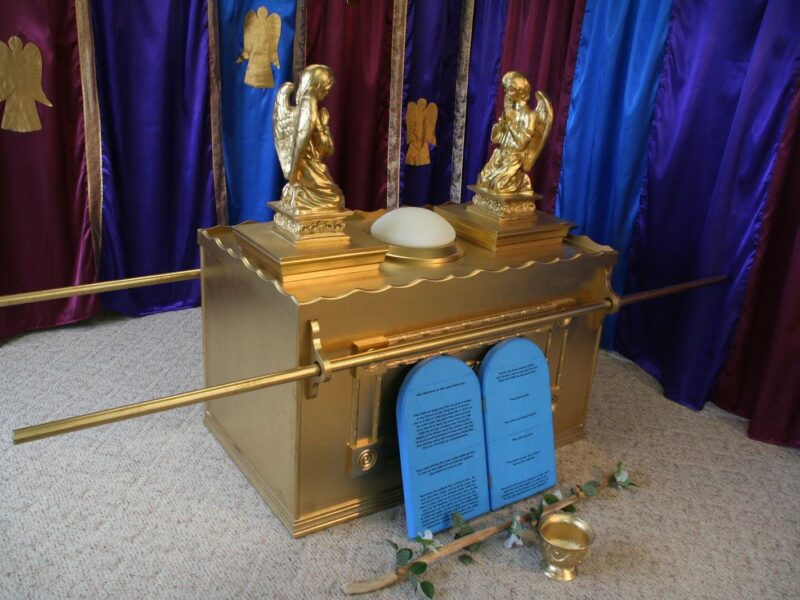
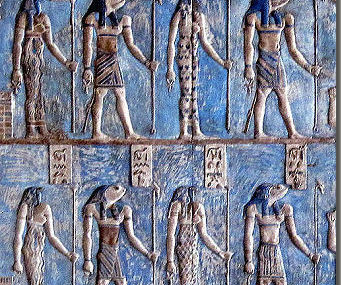

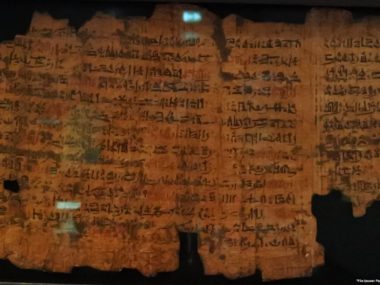
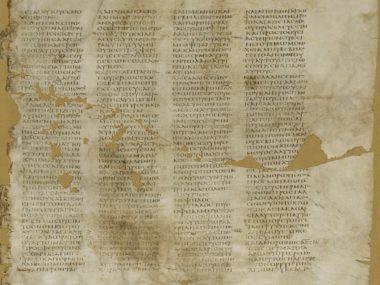






After his (alleged) discovery of the Ark, Ron Wyatt informed the Israel Department of Antiquities as to its location before he sealed the site. If this is true, then Israel already has the Ark in their possession. There has been a report that “everything” is prepared for the rebuilding of the Temple, including the”furniture” for the Holy of Holies. Whilst this may not be an indication of the Ark’s being in the possession of the Department of Antiquities, if they do have it, a “revealing” will likely occur with an announcement of the Temple’s rebuilding.
Hi Steven, Following Wyatt’s excavation of the cave where he allegedly found the ark, the Israeli Antiquities Authority conducted an excavation of the same cave. I have reviewed the excavation report, and the findings date to the Byzantine period. If the ark ever was in the cave, it would have been discovered and removed during the Byzantine period, since an artifact such as the ark would have been highly prized during that time. Regarding the preparations for the rebuilding of the temple, those are being done by a fringe group, which does not have the support of Israel as a whole. Even if the Antiquities Authority has the ark in its possession, it is unlikely that they would turn it over to this group.
Considering the many artefacts that have been well hidden over the decades, do you not think it possible that it was not at all found during the Byzantine era and that God is capable of keeping things hidden until His appointed time?
My understanding is that according to the archaeological findings, the cave was in use in the Byzantine era. So, the Byzantine era people would have seen anything that was in the cave (barring a miracle in which the ark was invisible and able to be passed through without detection). I do agree that God is capable of keeping things hidden until his appointed time, but I am not aware of any scriptures that specify that God is keeping the Ark of the Covenant hidden until an appointed time, so such a view would be purely speculative. There are only two prophetic biblical passages regarding the Ark of the Covenant. One, Jeremiah 3:16 states that there will be a time when the Israelites will not remember the Ark of the Covenant. The other, Revelation 11:19 reveals the Ark of the Covenant in God’s heavenly temple. So, biblically speaking, I do not find any reason to believe that the Ark of the Covenant is currently hidden in the physical Jerusalem awaiting an appointed time of revelation on earth.
Thanks for your article. My interest in the Ark lies in understanding its symbololy in Revelation. As you pointed out it appears in Chapter 11. The Ark resided in ‘The Most Holy Place’ which had the dimensions of a cube. In Revelation, New Jerusalem is described as a cube and the Ark is seen again. The Ark can be seen from a whole new perspective by understanding the symbols – explained at this link https://alsowritten.wordpress.com/2024/07/29/ch-19-revelation-21-new-jerusalem/
It seems that the following scripture is not well known, which would put to an end all discussion about the whereabouts of the arc.
Jer. 3: 16 “And in those days when you increase in numbers and multiply in the land,” declares the LORD, “people will no longer say, ‘The Ark of the Covenant of the LORD,’ and it won’t come to mind, and they won’t remember it or miss it, nor will it be made again.